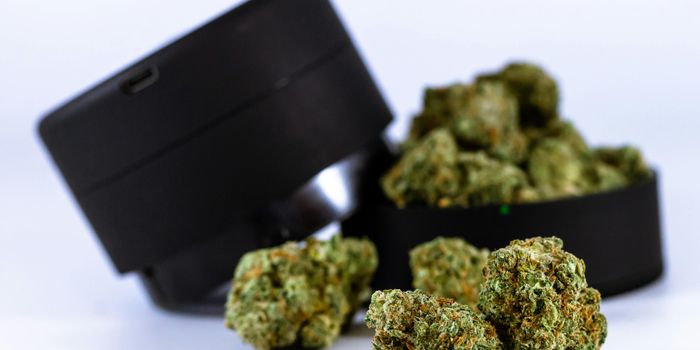What does MDMA Therapy Look Like?
The Multidisciplinary Association for Psychedelic Studies (MAPS) aims to create an FDA-approved standardized MDMA-assisted psychotherapy practice for PTSD by the end of 2021 (MAPS: 2019). Hoping to train at least 300 therapists in its methodology by then, what does this session look like?
At present, the full treatment plan takes five months in total. It includes 42 hours of therapy by a team of two therapists made up of three 90-minute preparatory sessions, nine 90-minute mixed preparatory and integration sessions, as well as three 8-hour MDMA sessions.
During the first three preparatory sessions, the patient builds a rapport with their therapists and understands more about how the treatment works in their own context, while the therapists inquire about the participant's social support network to understand how they could help throughout the treatment (Mithoefer: 2013).
After these sessions, the patients are screened to ensure they don’t have health risks that could put them at risk during MDMA sessions, such as high blood pressure, heart disease, or being on any psychiatric medications that may interfere with neurotransmitter activity.
On the day the patient arrives for an MDMA session, they’re again tested for factors that may inhibit treatment- this time for pregnancy and usage of other substances. Once these factors have been verified, patients then take a dosage of MDMA, typically in the morning at around 10am (Rollsafe: 2019).
Throughout their experience on the substance, they may wear headphones and blinders while lying down on a futon to best focus on addressing their trauma. During this time, they are accompanied by their team of therapists- typically a man and a woman- who regularly check their blood pressure and, at some point, offer a top-up dosage of MDMA, usually around half the initial amount.
While sitting with the patient, both therapists guide him or her through their experience, encouraging them to go deeper into the origins of their trauma and their perception of self. By being there on standby at all times, they are able to help the patient through difficult points by talking and other reassurance. This way, the patient is more likely to feel comfortable in confronting their trauma, making sense of it, and integrating any realisations into their reality.
Usually by around 5pm, the effects of MDMA begin to wear off, and the patient is usually ready to finish this part of the treatment. At this point, the therapists leave the patient with a sitter, who spends the night with them at the clinic on standby in case they need some assistance.
The next morning, the therapists then return to the patient, and, during a 90-minute talk therapy session, help them process their experience. Should this go well, the patient is then discharged to return home. For the next week, the therapists then arrange brief, daily calls with their patients to assess their general wellbeing and whether there is a need for more therapist contact beyond scheduled visits (Mithoefer: 2015).
Should all of this go as planned however, over the course of the next month, the patient then has another three preparatory/ integration sessions followed by another MDMA session. After the third and last MDMA session, it is expected that the patient will have made significant-enough strides in overcoming their trauma that therapy is no longer needed and less regular follow-ups are instead scheduled to monitor their progress.
Sources
Mithoefer, Michael C. MAPS Bulletin Special Edition 2013
Mithoefer, Michael C., MAPS 2015










